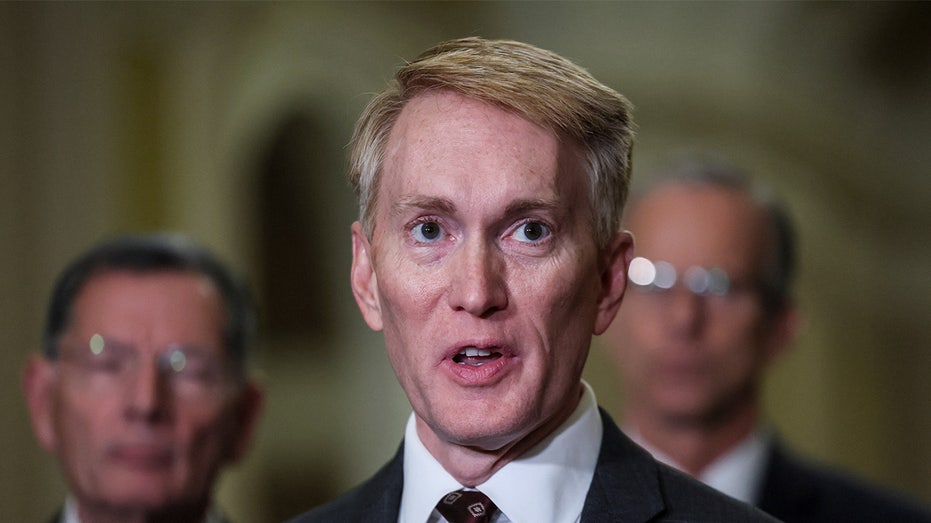Blinken is back in the Middle East to press for the conclusion of an Israel-Hamas ceasefire
TEL AVIV, Israel (AP) — U.S. Secretary of State Antony Blinken has begun his ninth diplomatic mission to the Middle East since the start of the Israel-Hamas war, with hopes for the quick conclusion of a ceasefire agreement hanging in the balance.Before another high-level meeting of ceasefire negotiators in Cairo later this week, Blinken arrived in Israel on Sunday to meet Prime Minister Benjamin Netanyahu, Defense Minister Yoav Gallant and President Issac Herzog on Monday. Blinken will travel to Egypt on Tuesday for meetings with officials there, the State Department said, and may stop in at least one other country in the region before returning home.A senior official traveling with Blinken said his arrival in the region comes at a “critical time” in the ceasefire talks and the secretary would will press all parties on the importance of concluding it quickly to end civilian suffering in Gaza and prevent the conflict from engulfing the region. The official spoke on condition of anonymity to preview Blinken’s travels. Late last week, the three countries mediating the proposed ceasefire — Egypt, Qatar and the U.S. — reported progress on a deal under which Israel would halt most military operations in Gaza and release a number of Palestinian prisoners in exchange for the release of hostages held by Hamas. Officials said the U.S. has presented proposals to bridge all the gaps remaining between the Israeli and Hamas positions. Formal responses to the U.S. outline are expected this week and could lead to a ceasefire declaration unless the talks collapse, as has happened with multiple previous efforts to end the 10-month-old war. U.S. President Joe Biden has seemed optimistic that a deal could be at hand, saying Friday “we are closer than we’ve ever been.” Israel has responded positively to the bridging ideas but Hamas hasn’t yet said how it will respond. The renewed push to conclude a ceasefire comes as the Palestinian death toll in Gaza has climbed past 40,000 since the war began, according to the Palestinian health ministry, which does not distinguish between civilian and militant deaths. Israel went in to Gaza after the Hamas surprise attacks inside Israel on Oct. 7, killing about 1,200 people, mostly civilians.Since then, fears for a rapid and dangerous escalation to other parts of the region have ebbed and flowed. Those fears are once again elevated as Iran and its proxies threaten retaliation for the killings in Lebanon of senior Hezbollah commanders and in Iran of the head of Hamas’ political wing.
TEL AVIV, Israel (AP) — U.S. Secretary of State Antony Blinken has begun his ninth diplomatic mission to the Middle East since the start of the Israel-Hamas war, with hopes for the quick conclusion of a ceasefire agreement hanging in the balance.
Before another high-level meeting of ceasefire negotiators in Cairo later this week, Blinken arrived in Israel on Sunday to meet Prime Minister Benjamin Netanyahu, Defense Minister Yoav Gallant and President Issac Herzog on Monday. Blinken will travel to Egypt on Tuesday for meetings with officials there, the State Department said, and may stop in at least one other country in the region before returning home.
A senior official traveling with Blinken said his arrival in the region comes at a “critical time” in the ceasefire talks and the secretary would will press all parties on the importance of concluding it quickly to end civilian suffering in Gaza and prevent the conflict from engulfing the region. The official spoke on condition of anonymity to preview Blinken’s travels.
Late last week, the three countries mediating the proposed ceasefire — Egypt, Qatar and the U.S. — reported progress on a deal under which Israel would halt most military operations in Gaza and release a number of Palestinian prisoners in exchange for the release of hostages held by Hamas.
Officials said the U.S. has presented proposals to bridge all the gaps remaining between the Israeli and Hamas positions. Formal responses to the U.S. outline are expected this week and could lead to a ceasefire declaration unless the talks collapse, as has happened with multiple previous efforts to end the 10-month-old war.
U.S. President Joe Biden has seemed optimistic that a deal could be at hand, saying Friday “we are closer than we’ve ever been.” Israel has responded positively to the bridging ideas but Hamas hasn’t yet said how it will respond.
The renewed push to conclude a ceasefire comes as the Palestinian death toll in Gaza has climbed past 40,000 since the war began, according to the Palestinian health ministry, which does not distinguish between civilian and militant deaths. Israel went in to Gaza after the Hamas surprise attacks inside Israel on Oct. 7, killing about 1,200 people, mostly civilians.
Since then, fears for a rapid and dangerous escalation to other parts of the region have ebbed and flowed. Those fears are once again elevated as Iran and its proxies threaten retaliation for the killings in Lebanon of senior Hezbollah commanders and in Iran of the head of Hamas’ political wing.



